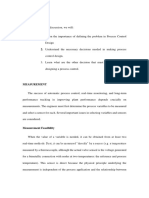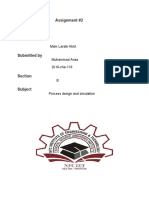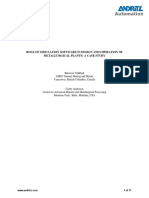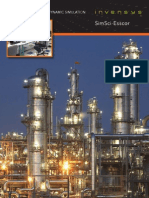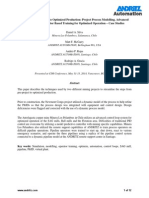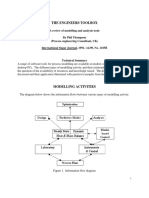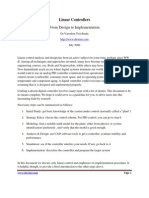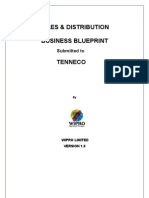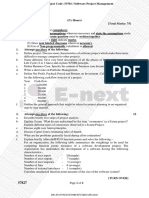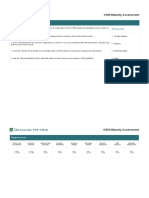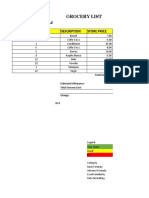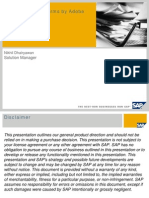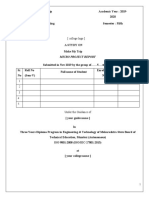0% found this document useful (0 votes)
89 views13 pagesApplications of Dynamic Simulation
Dynamic simulation has many applications in process engineering including conceptual design, process design, control strategy development, and operator training. It can deliver substantial benefits like tighter design, reduced project timelines, smoother start-ups, and optimized production. However, existing simulation tools are often difficult to use, preventing full realization of these benefits. New advances in software are making dynamic simulation more accessible and useful for everyday engineering work.
Uploaded by
sergioCopyright
© © All Rights Reserved
We take content rights seriously. If you suspect this is your content, claim it here.
Available Formats
Download as PDF, TXT or read online on Scribd
0% found this document useful (0 votes)
89 views13 pagesApplications of Dynamic Simulation
Dynamic simulation has many applications in process engineering including conceptual design, process design, control strategy development, and operator training. It can deliver substantial benefits like tighter design, reduced project timelines, smoother start-ups, and optimized production. However, existing simulation tools are often difficult to use, preventing full realization of these benefits. New advances in software are making dynamic simulation more accessible and useful for everyday engineering work.
Uploaded by
sergioCopyright
© © All Rights Reserved
We take content rights seriously. If you suspect this is your content, claim it here.
Available Formats
Download as PDF, TXT or read online on Scribd
/ 13












